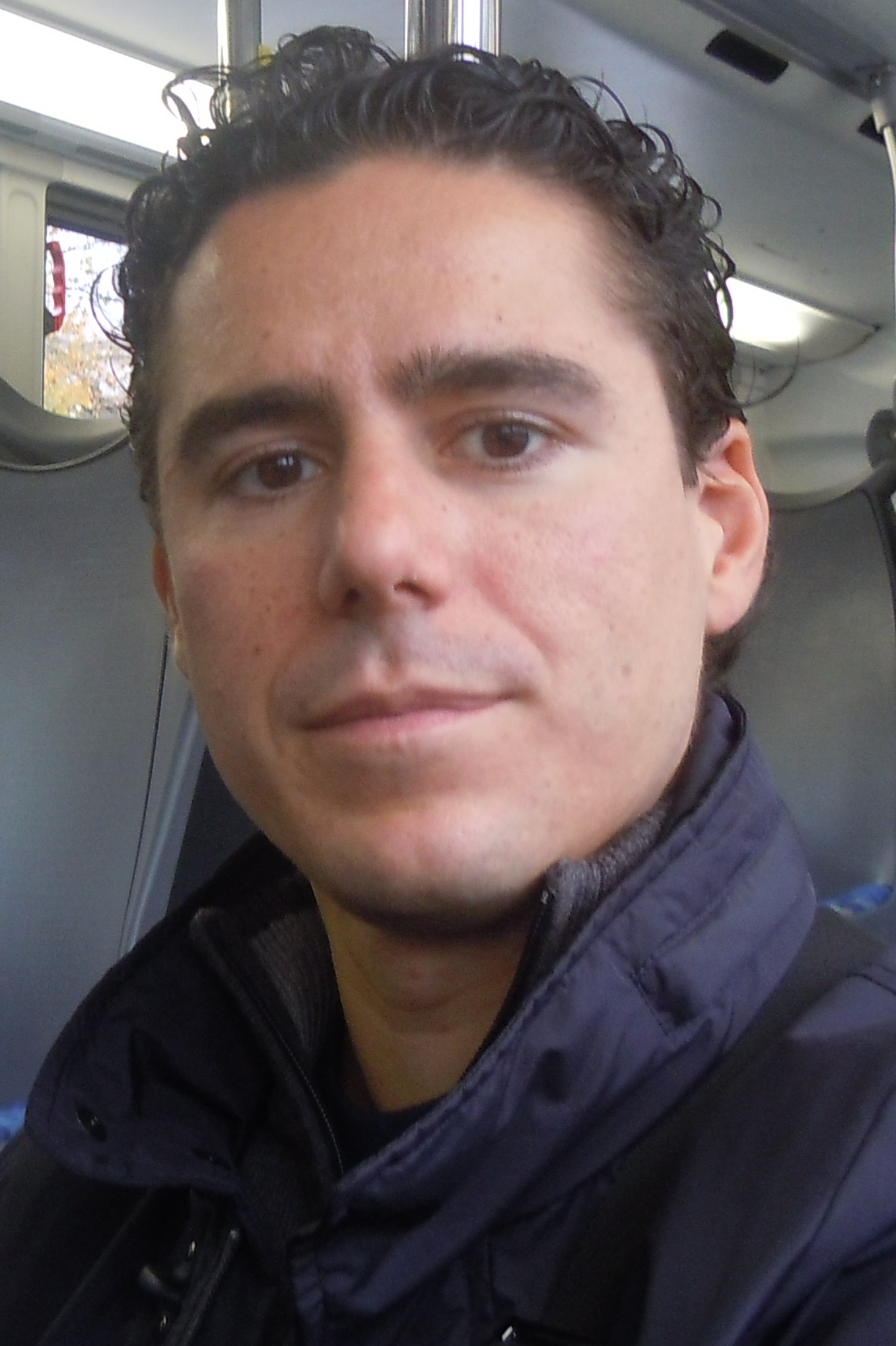SICOT e-Newsletter
Issue No. 44 - May 2012
Training Around the World
 Orthopaedic Training in Italy
Orthopaedic Training in Italy
Stefano M.P. Rossi
SICOT Member - Pavia, Italy
As everywhere around the world, training after medical school graduation is a long and mostly exciting trip. In Italy the path to become a registered orthopaedic surgeon starts the day after your graduation. The first prerequisite to be eligible for the orthopaedic training is to attend and pass the national qualification exam, which allows you to start the medical practice and that consists of two parts. The first part is practical and implies a 3-month rotation divided into three different environments: one month in a surgical rotation, one in a medical, and one with a general practitioner. After having experienced these rotations a written exam must be taken. Here we start the selection for the training programme. Until now (but things will probably be changing in the future with the creation of a national selection), candidates apply for their training programme at a single location. In other words, every University Hospital has its own training programme and the selection for the training is on the same day in the whole country. Every candidate can therefore choose to apply for a single location for his/her training. The selection is the same at every university and consists of three parts:
-
The first part is based on your academic CV and 20 out of the 100 points of your final score come from this evaluation.
-
The second part is a written multiple choice exam that consists of 60 questions, 40 based on basic science and general medicine and 20 on specific orthopaedic problems. It is the same at every location as it comes from the National Ministry of Education.
-
Finally, the third part (which represents the final 20 of the 100-point score) is still a written part with specific questions on orthopaedics and traumatology, in particular clinical cases. This is different at every centre as it is the chief of every training programme who decides on this part.
Once you have passed your exam, based on the scores you gain in the different parts, a final ranking is stated and the best candidates get into the training programme. Now the programme starts. Orthopaedic training in Italy lasts for 5 years. In the first year you will hardly see an orthopaedic OR: in fact, a 6-month rotation in general surgery must be accomplished as well as a 3-month rotation in vascular and neurosurgery.
Starting from the 2nd year, the real othopaedic training finally starts. Every University Hospital can organise the training independently, keeping within some criteria that must be respected concerning the hours and the topics of the lessons as well as the surgical and clinical activities.
Each candidate has the possibility to spend maximum 1 year abroad, but the location for this part of the training must be approved by the training committee.
During the 5 years in training, the candidates are fully involved in all the activities of orthopaedics and traumatology, achieving progressive independence in the job of an orthopaedic surgeon.
Importance is given not only to the surgical part of the training but also to the clinical part, with the candidates learning how to give indications and independently run a clinical consult, the daily organisation of the ward, and a shift in the ER.
At the end of every year of training, an exam must be sustained by the candidates to have access to the subsequent year. Not passing the exams means immediate exit from the programme. The exam can be either oral or written and the topic of the exam is different for every centre as this is decided by the director of the programme together with the training programme committee. In general, the exam becomes more and more specific regarding surgical and orthopaedic problems each year as the candidates get more experienced.
Even if the training is officially organised by the University and the University Hospital, candidates can be sent or can ask to be sent to do rotations, for some periods of time, at non-University clinics or smaller hospitals in order to improve some of their skills; each of these rotations must be approved by the training committee and the director of the programme.
At the end of the 5-year training, a final thesis must be completed by each candidate; the thesis should be a research paper suitable for publication.
The best part comes at the end of the training: in fact, Italy is more and more in need of orthopaedic surgeons and to find a job at the end of the training is quite easy. What happens in the majority of cases is that at the beginning of your job as a young orthopaedic consultant you will need to face more traumatology than elective orthopaedic surgery. You will start to focus (if you have not already during the training programme) and base your main practice on specific fields of orthopaedic surgery later on.
  Â